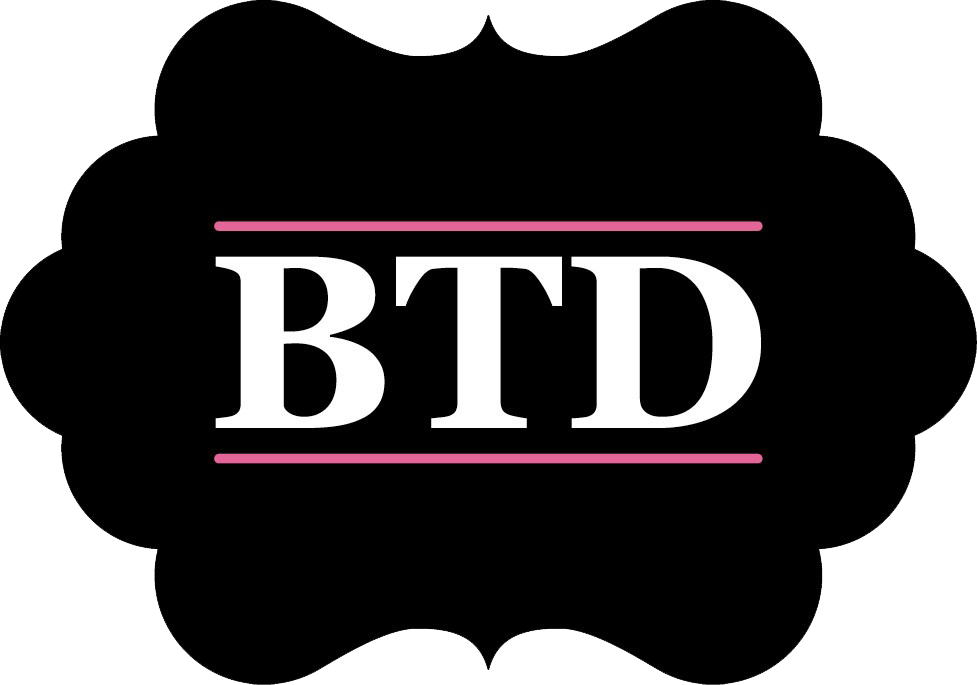The Secret to Conquering Fear Is to Define It, Not Avoid It.
A colleague was preparing for a board exam and was incredibly fearful about it. Of course, she won't admit it’s fear; she’s a high achiever, so she calls it stress.
Curious, I asked her what outcome she was attaching to the exam that was creating all this discomfort and anxiety.
Naturally, she had put the future of her whole career in this one exam and what it could mean if she passed and equally failed.
When I asked what it would mean if she passed, she said, 'Well, then it could equal a promotion.
‘Isn't that what you want?’ I asked. The real truth came out along with her collection of ‘what ifs?
What if I’m not good enough? What if I can’t do the role? What if I’m exposed as an imposter? What if I let the team down?
But truly, her fear came down to the question of what if she puts herself through all this to pass the exam and nothing changes? What if she’s stuck where she is despite this effort?
On the flip side, if she fails, the fear becomes about judgment, shame and having to tell people she failed. What does that do to her identity, how she sees herself, and how others perceive her?
Once she could put structure around her fears, she could begin to dissolve them and work through them.
What are you putting off out of fear?
Usually, what we most fear doing is what we most need to do.
What if instead of avoiding your fears, you instead defined them?
The solution is a practical approach from Tim Ferriss called Fear Setting:
Face your fears head-on. What's the worst that could happen? Don't sugarcoat it - lay out those nightmares in detail. What's keeping you up at night?
Now, let's problem-solve. If that worst-case scenario actually happened, what would you do? Think practically.
How would you minimise damage and get back on track?
Finally, let's talk upside. What are the potential benefits here? Both short-term wins and long-term gains. Be realistic, but don't sell yourself short.
You will discover that there is nothing you cannot solve or recover from and that potential future benefits will always outweigh the cons.
From this place of clarity, you can move into action.
Focus on the cost of inaction.
We get paralysed by the thought of action, but more importantly, consider the cost of inaction. If you allow fear and the ‘what ifs’ to win, what will that cost you?
Six months from now, what will you wish you had spent time on today?
This exercise is about clear-headed decision-making. By confronting your fears and mapping out potential outcomes, you're arming yourself with the information you need to make an informed decision, not a reactive or avoidant one. Remember, calculated risks often lead to the biggest rewards.
Feat Setting shows you that even your worst-case scenario is doable. There is nothing you cannot recover from; as Seneca says, we suffer more in our imaginations than in reality.
Questions to uncover your fears:
· What is stopping you from starting?
· What is stopping you from finishing?
· What do you want? No, what do you really want?
· What's the benefit of achieving this?
· What's the loss if you don’t?
· If you didn’t need this to achieve your goal, would you still do it?
· If you knew you couldn’t fail, how would you approach it?
· If you knew the result would bring you joy, how would you approach it?
There is no right time.
Waiting for a lightning bold of inspiration or a moment of courage is not going to get you to where you want to be. As Seth Godin reminds us:
“Your work is too important to be left to how you feel today. On the other hand, committing to an action can change how we feel. If we act as though we trust the process and do the work, then the feelings will follow. Waiting for a feeling is a luxury we don’t have time for.”
Are you linking the outcome to your self-worth?
You can't wait for a piece of paper or title to make you feel like you’re enough. Even when you get the piece of paper or title, you’ll find another reason why you aren’t worthy of it. You need to be in a position of unconditional self-belief before you start so the piece of paper can add to this, not create it for you.
”When we require outcomes as proof of our worth, we become brittle, unable to persist in the face of inevitable failure on our way to making a contribution.” – Seth Godin.
Final thoughts.
Rather than rent space in your mind to the worst-case scenarios and fears that keep you stuck, define your fears instead using Tim Ferriss's Fear Setting exercise:
1. Imagine the worst-case scenario. How likely is it? How permanent would the impact be?
2. Plan how you'd recover from setbacks.
3. Consider likely positive outcomes and their impact.
4. Recognise that what we fear most is often what we need to do most.
5. Calculate the cost of inaction - financially, emotionally, and physically.
6. Ask yourself: What are you waiting for?
Remember, most mistakes are fixable. Develop the habit of taking action despite fear.
Let go of your attachment to the outcome and focus on the day-to-day process. The gift is who you become en route to the goal. If you arrive as the same person, you’ve missed the whole point.
“Worrying is the quest for a guarantee, all so we can find the confidence to press on. It’s an endless search for a promise: the outcome will be worth the effort we put into the process.” – Seth Godin.
Warm wishes,
Lori


